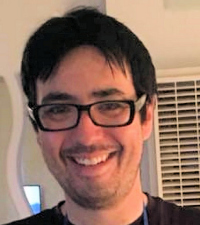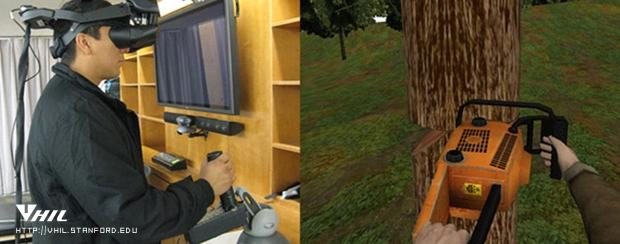The Virtual Human Interaction Lab at Stanford University has the unique research task of seeing how virtual reality can be used so humans are able to improve our relationships in the real-world. The lab has studied VR for more than 10 years, but the past few years have provided great opportunities with the emergence of Oculus, Project Morpheus, and other hardware platforms.
The gaming potential for VR is huge, but there are other tasks that could be used to help educate and inform the public. One task is using VR so we can experience what it's like to be a refugee living in an active conflict zone, which would help improve human empathy. Another topic of focus is geared towards training and simulations that can be utilized prior to real-world work experience.
"Virtual reality is an experience. Your brain is saying to you 'This isn't real,' but the back of your brain says 'Wow, this feels real to me,'" explained Jeremy Bailenson, director of the Virtual Human Interaction Lab, in a statement to CBS News. "We like to say the brain is not yet evolve to know that a virtual experience is not real."
As for the future of VR, Bailenson predicts VR could be in a growing number of living rooms by the holiday season, as the price of VR hardware continues to drop. Even with more consumers able to test VR, there will always be a need for researchers and "social scientists" to use VR.


